Schizophrenia and Social Security Benefits
When we began the process for Ben to qualify for Social Security Disability benefits, I was overwhelmed by confusion, options, paperwork....and had very little idea how to begin, much less proceed. I welcome a guest blogger today, Ram Meyyappan, who has written this about Social Security Disability Help. If you have questions, you can contact him at ram@ssd-help.org
Thanks!
Here is his article:
Applying for Social Security Disability Benefits with Schizophrenia
The Social Security Administration (SSA) recognizes Schizophrenia as a condition that qualifies for monthly disability payments. In order to be found eligible for either one of the disability programs you must show that despite following prescribed treatments your disease still prevents you from working.
Disability Programs
The SSA administers two different disability programs: Social Security Disability Insurance (SSDI) and Supplemental Security Income (SSI) benefits.Basic eligibility for either program requires:
you suffer from a debilitating and formally diagnosed medical condition that has been present for at least 12 months, or which is expected to last at least that long, or which is terminal.
AND
your condition prevents you from maintaining gainful employment in any field for which you would otherwise be qualified.
In order to qualify for SSDI, you must have a strong work history during which you paid FICA taxes. SSI does not take your work history into account. It is a needs-based program for people with limited income and assets. For more specific information on the requirements for SSI and SSDI, visit: http://www.ssa.gov/disability/
Meeting the Disability Listing for Schizophrenia
After meeting the basic eligibility criteria for SSD benefits, your application with the SSA will be reviewed to see if it meets the listing for Schizophrenia in the SSA’s manual of condition that qualify known as the Blue Book. This listing, which appears in section 12.03 of the Blue Book, requires you suffer from one of more the following issues on a consistent or intermittent basis:
isolationistic behaviors that make you socially and emotionally withdraw
illogical thinking
incoherent speech
inappropriate moods
hallucinations
delusions
catatonia
overly disorganized behavior
In addition to your application and accompanying medical documentation proving the previously mentioned signs and symptoms, your medical records and other supporting documentation must also show you experience serve limitations, including at least two of the following:
the ability to participate or complete normal daily activities of living
the ability to focus on and complete tasks, including normal job duties and tasks in your personal life
the ability to maintain relationships or otherwise function in social situations
to persist in life without experiencing lengthy and recurrent “episodes of decompensation”, which are periods during which your symptoms get substantially more prominent and pervasive
For more information on applying with Schizophrenia, visit: http://www.disability-benefits-help.org/disabling-conditions/schizophrenia-and-social-security-disability
Getting Benefits without Meeting the Listing
Even if you are unable to qualify under either of the listings detailed above, you may still be able to receive disability benefits with Schizophrenia. To do so, you must show through your medical records and other documentation that you qualify for a medical vocational allowance, which simply means that while you do not meet a listed condition, your symptoms of Schizophrenia are still so severe that they prevent you from working.Residual Functional Capacity (RFC) report forms completed by you and by your doctor are the backbone of a medical vocational allowance. RFC reports on mental functioning and physical functioning may be required, dependent upon the symptoms and limitations you experience.
Applying for Benefits and What to Expect
Disability benefit applications can be completed online with the SSA’s website (http://www.ssa.gov/applyfordisability/) or in person at your local SSA office. Either way, it is important that you collect as many of your medical records and other documentation as possible before beginning your application. All of this documentation should be submitted at the same time, or just after, you turn in your completed application forms.
After submitting your application, you should expect to wait at least three months before receiving a decision. Don’t be discouraged if your application is denied. Almost 60% of applications are initially denied, There is an extensive appeals process during which you may still be approved for benefits.
Article by Ram Meyyappan, http://www.disability-benefits-help.org/blog
Social Security Disability Help

